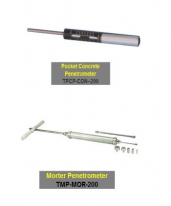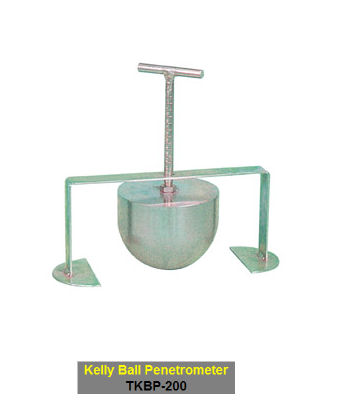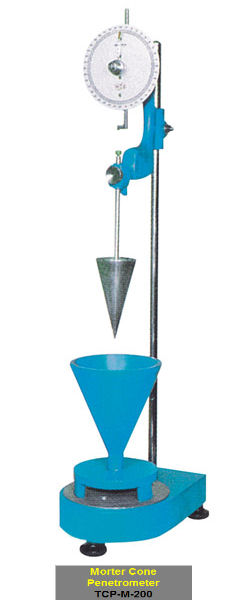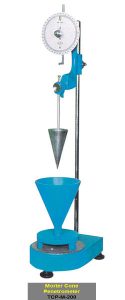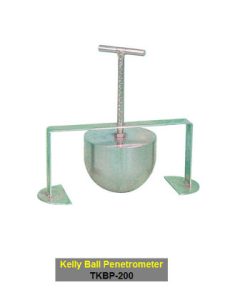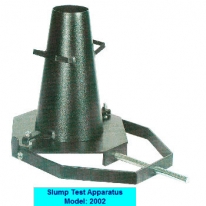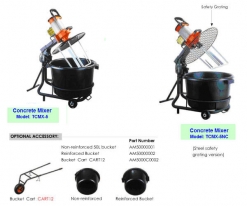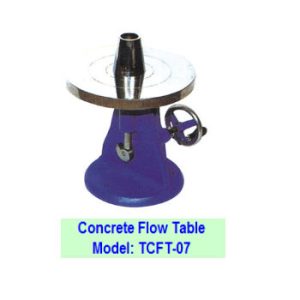Description
Concrete Penetrometer Pocket Concrete Penetrometer: TPCP-CON-200 ASTM C-403 For fast evaluation of the initial setting of concrete. It can be used on light weight concrete, special roof deck mixes and concrete additives. Specification: Consists of a needle having face area 3/10 sq. cm. and graduated at a distance of 25cm. The needles point is an integral part of barrel which houses a calibrated spring. The spring is confined in a sleeve. The resistance offered by the concrete mortar is shown on the direct reading scale with a marker ring which holds its position when released. 2 Scale range is 0-50kg/cm2 when the penetration resistance reaches a 2 value of 35kg/cm2 the concrete is assumed initially set. Supplied complete in carrying case Mortar Penetrometer: TMP-MOR-200 ASTM: C 403 It is used for finding out the rate of hardening of mortar sieved from concrete spring and a stem graduated from 0-70 kg x 1 kg. Six interchangeable penetration needles of areas 645, 323, 65 32 and 16mm sq. Is provided. The penetration resistance is measured by the force exerted to penetrate the mortar by 25mm and is indicated by a sliding ring on the stem, which is graduated. Needle shanks are marked at every 12.5mm.
Complete in a wooden carrying case. Cone Penetrometer for Mortar TCP-M-200 IS 2250-1965
For determining the consistency of masonry mortar Consists of a movable bearing rod to which a cone 145mm. Long and 75mm dia at a base is fixed. The bearing rod passes freely through a bracket which is provided with release mechanism. A dial graduated in mm with rack and pinion is provided for measuring the penetration. Complete with a conical container 150mm id x 180mm deep and a platform. KELLEY Ball Penetration Apparatus: TKBP-200 ASTM C-360 The apparatus is used to determine the workability of Portland cement & concrete. The Kelly ball test is considered to be simple and much faster than the slump test. Twice the Kelly ball reading approximately equals the slump. It consists of a cylinder with a ball shaped bottom and handle, together weighing 15 kg. A strip frame guides the handle and serves as a reference for measuring the depth of penetration. The handle is graduated in mm. Penetration can be recorded to the nearest 0.5mm.

